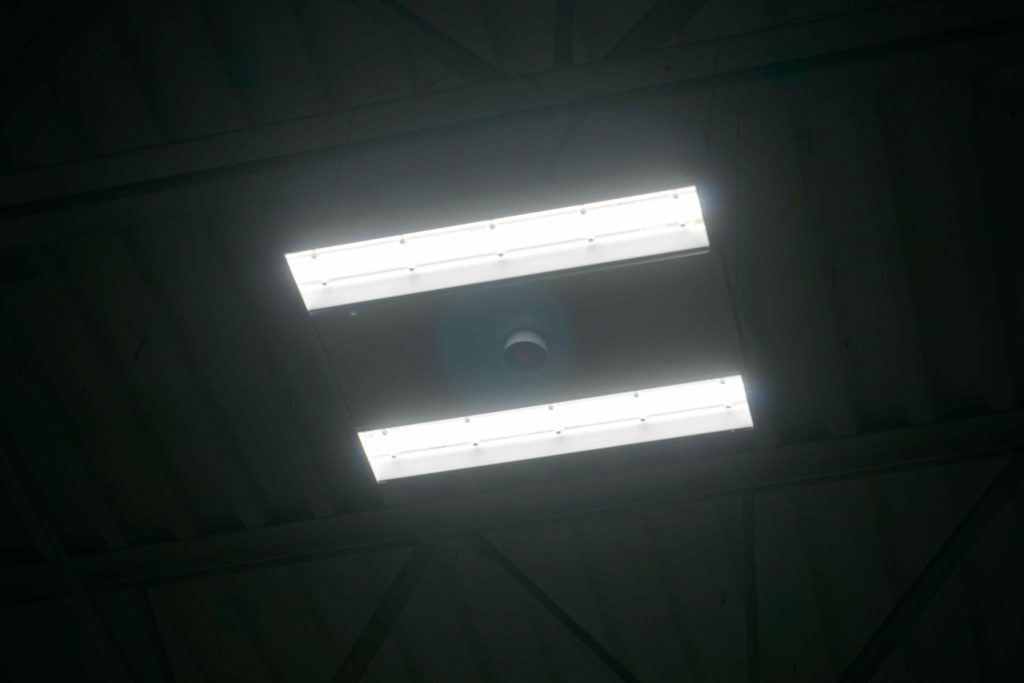
Truxell Electric offers a wide variety of Sustainable LED Lighting upgrades for both residential & commercial applications. Learn more at www.TruxellElectric.com
LED lighting and its aid to sustainable business goals is the trend to watch for electrical contractors. LED technology is on pace to replace traditional incandescent lighting for homeowners, and it is also making inroads into new commercial construction, buildings, facilities, highways and outdoor lighting.
Global management consulting firm McKinsey & Co., placed energy-efficient LED lighting technology as one of its top nine technological innovations for sustainability as we turn a corner into 2022.
According to the forecast, “replacing traditional incandescent bulbs in American homes is expected to achieve 84% market share by 2030. In 2030 alone, LED lights will reduce energy consumption by 40%, which adds up to $26 billion in savings adjusted to today’s energy prices. These are dramatic cost savings, but according to the Department of Energy, the United States can still see an additional 20% in energy savings with increased investment in LED lights.”
Taking it to the streets
Cities have been steering new lighting projects to LED lighting, and such lights are projected to reduce municipal utility bills and provide better lighting with lower maintenance requirements.
Grand Rapids, Mich., approved a $9.46 million contract earlier this year to convert all city streetlights to LED. City planners expect the procurement to result in some $350,000 annually in energy savings while reducing the city’s carbon footprint. So far, about 2,000 of Grand Rapids’ approximately 18,000 streetlights have been converted to LED during a test phase of the project.
The Chicago Smart Lighting Program began in 2017 and is one of the largest municipal-owned projects in the country aimed at retrofitting traditional street and commercial lighting systems, under control of the city, with LED lighting. To learn more, read “LED Light, Green Light” in the April 2021 issue of ELECTRICAL CONTRACTOR.
The Chicago Department of Transportation commissioned a study looking at the multiple dimensions of switching to LED lighting and decided to move forward with an incremental LED replacement plan. CDOT built a program to replace 80% of city lighting with LED systems. By the close of this year, an estimated 270,000 high-pressure sodium fixtures with energy-efficient LED counterparts in streets, alleys and viaducts will have been replaced.
Curtailing light pollution and carbon
Another trend to watch veers slightly outside of the commonly discussed topics of energy efficiency and proverbial sustainability. Light pollution is now a lively part of many environmental discussions. Street and commercial lighting emits enough light that night skies over many metropolitan areas are being hidden by the glow.
In September 2021, Pittsburgh became the first major U.S. city to pass a dark-sky ordinance. Its intent is to improve the night sky’s visibility, while using less energy and helping wildlife live under a more defined day-night cycle.
Smaller cities such as Cottonwood Shores, Texas, are also seriously considering curbing light pollution. The city has joined the International Dark-Sky Association, Tucson, Ariz., and is considering measures that could help preserve the nighttime sky. The topic was brought up at a city council meeting with residents and the mayor stating that, while they like a well-lit environment on the ground, they all appreciate seeing the nighttime sky on their land and also wish to clearly see the stars and the night sky.
Expect continued LED market growth
Even light pollution stands to benefit some from LED lighting installation, which can provide lighting where and when it’s needed—and with far less energy and heat. There are many advantages to LED lighting that add to its sustainability benefits.
According to Indian research firm Prescient and Strategic Intelligence Pvt. Ltd., the global LED lighting market was $55.2 million in 2020. They forecast the market will reach a whopping $152.4 million by 2030, with a compound annual growth rate of 10.7% from 2020 to 2030. They cite the rising use of energy-efficient lighting solutions, falling costs of LEDs and surging infrastructure development activities as drivers for this growth.
City leaders and decision makers around the world are concerned about their lighting and its effect on their environment. On this premise, LED is expected to rise in all aspects of lighting.
